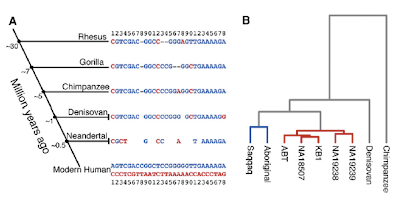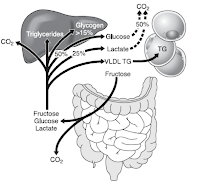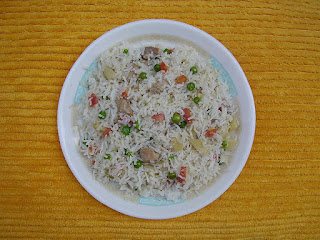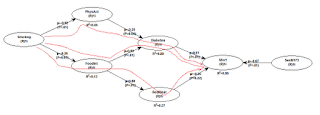Why a fat brain made us more vulnerable to heart disease

Natural selection granted us large brains. The evolutionary cost is having to feed them. The human brain's high-energy demands led to development of a strong preference for fat. We consume more fat than any other primate on average. We are also adapted to more easily digest and metabolize fats. There are two major kinds of fat that our brains depend on most for its development and regular maintenance. These are the long-chain polyunsaturated fatty acids (LC-PUFAs), omega-3 docosahexaenoic acid (DHA) and omega-6 arachidonic (AA). These two LC-PUFAs can't be made de novo , making them essential in the diet. DHA and AA are supplied by seafood, eggs, or animals. They can also be supplied as their 18-carbon precursors alpha-linolenic acid (ALA) and linoleic acid (LA), found mainly in plants and their seeds. ALA and LA precursors require conversion to become long-chained through a series of steps of desaturation and elongation. In particular, delta-5 and delta-6 fatty acid desaturase


